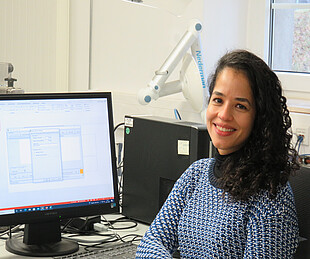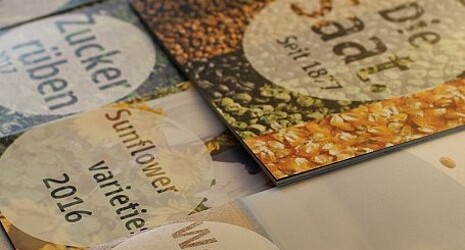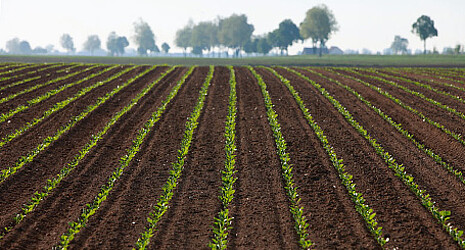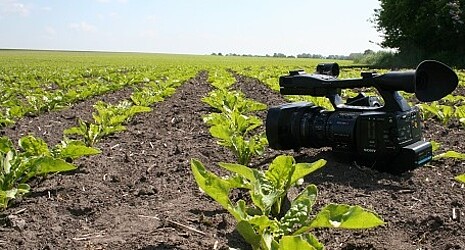Dr Leilane Barreto is a scientist in the Spectral Analysis Department at Strube Research and is part of the MODEFY project group and is therefore significantly involved in our VitalY varieties. She and her colleagues are responsible for all the processes around spectral analysis in connection with the Beet Yellow Virus. We interviewed Dr Leilane Barreto and were able to gain an interesting insight into the work of the department:
What exactly do you work on in the Spectral Analysis Department and how does the process behind it work?
“Based on the fact that hyperspectral sensors have been proved to be useful non-invasive optical methods to detect changes in the physiological status of the plant, we at the Spectral Analysis Department of Strube Research aim to use hyperspectral reflectance data to detect and quantify virus yellows in sugar beet leaves. Hyperspectral sensors can capture data over a large range of the light spectrum, from the ultraviolet range of the electromagnetic spectrum to the shortwave infrared, acquiring spectral information from hundreds of narrow spectral bands at once. It is important to consider that the information present in the spectra is very complex and not promptly available for analytical purposes. Therefore, the know-how that comes from our department is essential for the interpretation and understanding of the acquired information. The spectral analysis work regarding the Beet Yellow Virus belongs to the MODEFY Work package number 2 – Phenotyping.”
How is spectral analysis related to chemometrics and what does it have to do with biochemical or biophysical plant traits?
“Once the spectra are collected and checked for quality, we apply chemometrics to extract from them suitable information that correlates with the measured property under investigation and thus construct a prediction model that allows the virus detection in new samples. Additionally, vegetation indices are also provided, which are mathematical formulas based on several spectra bands designed to extract specific information that can be used to indicate biochemical or biophysical plant traits, like changes in pigments, nitrogen uptake or changes in leaf structure, helping to understand the disease progress in the plants.”
What are the next steps in the work package number 2?
“The next steps include the measurement of new infected plants and the development of the calibration model. This is an exciting task that the team and I will be working on over the next few months. We are looking forward to the results.”




